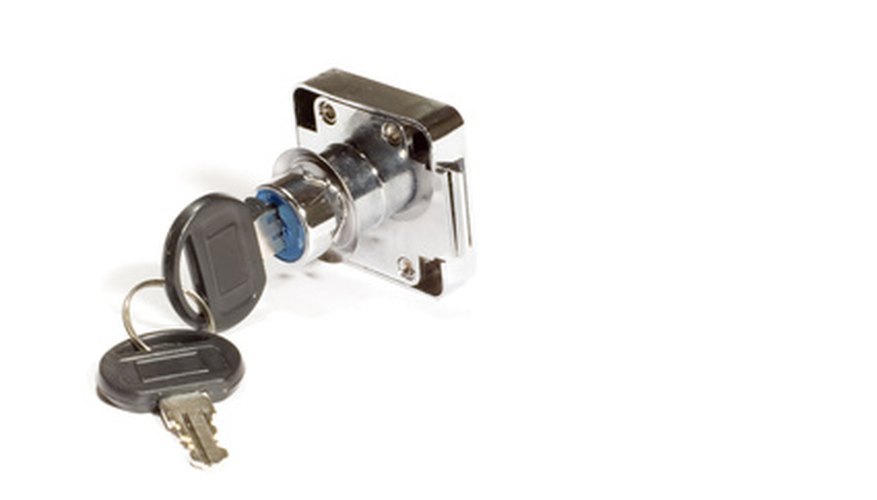Mortise locks are an effective means of keeping a door security, but unfortunately leave holes in both the door and the doorjamb if you decide to remove them. With a bit of patience, these holes can be effectively patched. Patching is more aesthetically successful with painted surfaces than with natural wood.
Measure the size of the hole that you want to patch. Make your measurement as accurate as possible, including the depth of the hole.
Cut a piece of wood that is just a hair smaller than the size of the hole. Use pine or other softwood as it will be easier to pare down with a chisel if necessary.
- Mortise locks are an effective means of keeping a door security, but unfortunately leave holes in both the door and the doorjamb if you decide to remove them.
- Use pine or other softwood as it will be easier to pare down with a chisel if necessary.
Coat the surfaces of the piece that will be going into the hole with glue.
- Coat the surfaces of the piece that will be going into the hole with glue.
Tap the piece of wood into the hole with a hammer until its face is flush with the face of the door or door jamb that is being patched.
Fill any remaining spaces around the patch with wood filler.
Sand the surface smooth after the glue and wood filler have dried, making the surface of the patch as indistinguishable as possible from the surrounding surface.
Fill the hole with wood filler using a putty knife, if the hole is not too large. Allow the wood filler to dry. The drying will cause it to shrink somewhat.
Fill the space that has been left by the shrinking wood filler with another coat of wood filler. Allow this to dry. Repeat this process if necessary until the dried filler is flush with or slightly higher than the surrounding surface.
Sand the wood filler until it is flush with the surrounding surface, using 100 grit sandpaper and a small sanding block.
